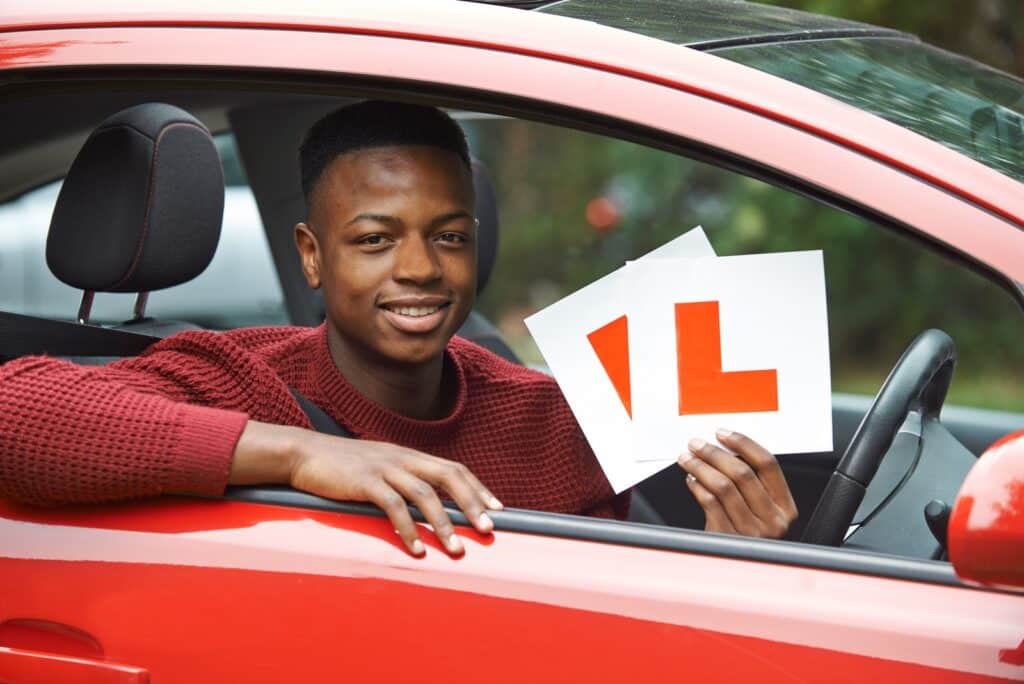Passing your driving test on the first attempt is the goal for most learner drivers, but nerves or small mistakes can sometimes get in the way. Fortunately, with the right preparation and advice, you can boost your chances of success. Here are the top 10 tips to help you pass your driving test first time.
1. Choose the Right Driving Instructor
Selecting the right driving instructor is one of the most important decisions you’ll make. Look for someone who is experienced, patient, and familiar with the local test routes in your area. A good instructor will assess your skills and know when you’re fully prepared to take your test.
They will also provide mock tests to give you a sense of what to expect, helping you practise under exam-like conditions.
2. Familiarise Yourself with Local Test Routes
Knowing the common test routes in your area can give you a slight advantage. While you won’t know the exact route in advance, being comfortable with the roads around the test centre, including any tricky junctions or roundabouts, will make the experience smoother.
During your lessons, ask your instructor to take you through potential routes to give you a chance to practise the specific challenges you might face.
3. Perfect Your Manoeuvres
Manoeuvres such as parallel parking, reversing around a corner, and three-point turns are essential components of the practical driving test. The examiner will be looking for precision and control.
Make sure to practise these manoeuvres with your instructor until you can complete them confidently and smoothly. Always check your mirrors and blind spots throughout to show your awareness of your surroundings.
4. Stay Calm and Collected
Feeling nervous on test day is completely normal, but managing your nerves is key to passing. Remember, your instructor has prepared you for this moment, and you are capable of driving safely.
Take deep breaths before you start, and if you make a mistake during the test, don’t panic. Stay focused and continue driving safely – one small error doesn’t necessarily mean a fail.
5. Book Your Test When You’re Ready
Booking your test at the right time is crucial. Don’t rush to take the test just to get it over with – only book it when both you and your instructor feel confident that you’re fully prepared.
Consider also the time of day when you book your test. Many learners prefer mid-morning or early afternoon tests when traffic may be lighter, but it’s best to choose a time when you’re alert and focused.
6. Practise Mock Tests
A mock driving test with your instructor is one of the best ways to prepare. This will give you an experience similar to the real test, allowing you to practise under pressure and get used to how the exam will feel.
Mock tests will also help identify areas where you may need more practice, giving you time to focus on improving these areas before the real test.
7. Revise the Highway Code
It’s important to keep your knowledge of the Highway Code fresh, even after passing your theory test. Your understanding of road signs, markings, and rules will be key to passing the practical test.
Make sure to revise the Highway Code regularly during your driving lessons and in the lead-up to your test. This will also improve your confidence when making decisions on the road.
8. Mind the Speed Limits
Driving too fast or too slow is a common reason for failing the test. Make sure you are aware of the speed limits on all roads, and adjust your speed based on the conditions.
If you’re unsure of the speed limit, look for signs or consider the type of road you’re on. Pay attention to changes in speed limits, especially when entering different zones such as school areas or rural roads.
9. Check Your Mirrors Frequently
One of the key elements that examiners will be watching for is your use of mirrors. Always check your mirrors before changing speed, turning, or switching lanes, and make sure to check your blind spots when appropriate.
Good mirror usage demonstrates that you’re aware of what’s happening around you, an essential skill for safe driving.
10. Prepare for Test Day
The night before your test, ensure you get plenty of sleep and eat a healthy breakfast in the morning. Arrive at the test centre with time to spare, so you’re not rushing or stressed. Bring your provisional licence, and make sure your car (if using your own) is prepared and roadworthy.
Stay calm, and remember that even though this is a test, it’s just another drive. With preparation and a positive attitude, you can pass your driving test on the first try.

